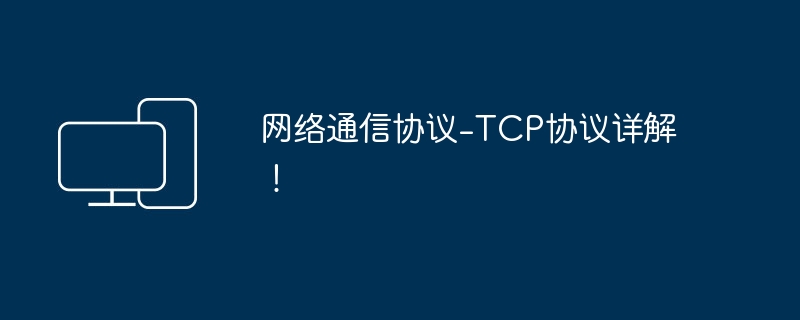

TCP (Transmission Control Protocol) is a reliable transport layer protocol that ensures the orderly transmission and complete reception of data. TCP provides a connection-oriented communication method, using a three-way handshake to establish a connection, and manages data transmission through flow control and congestion control. The TCP protocol also supports two-way communication and data verification to ensure that data will not be lost or damaged during transmission. The TCP protocol plays an important role in Internet communications, providing the basis for reliable communication between applications.
Features of TCP:
TCP connection establishment and disconnection process:
TCP application:
TCP is a reliable, connection-oriented transport layer protocol used to ensure the reliability of data transmission in the network. It provides ordered transmission, flow control, congestion control and other functions to ensure data integrity and reliability.
reliability. TCP is widely used in many applications and forms the basis for building reliable communications.
The above is the detailed content of Network communication protocol-TCP protocol explained in detail!. For more information, please follow other related articles on the PHP Chinese website!
 The difference between tcp and udp
The difference between tcp and udp
 Ubuntu startup black screen solution
Ubuntu startup black screen solution
 What should I do if the Chinese restart setting of vscode does not take effect?
What should I do if the Chinese restart setting of vscode does not take effect?
 What are the usages of winlicense?
What are the usages of winlicense?
 The main dangers of Trojan viruses
The main dangers of Trojan viruses
 Computer screen shows no signal
Computer screen shows no signal
 How to check server status
How to check server status
 How to delete your own works on TikTok
How to delete your own works on TikTok




